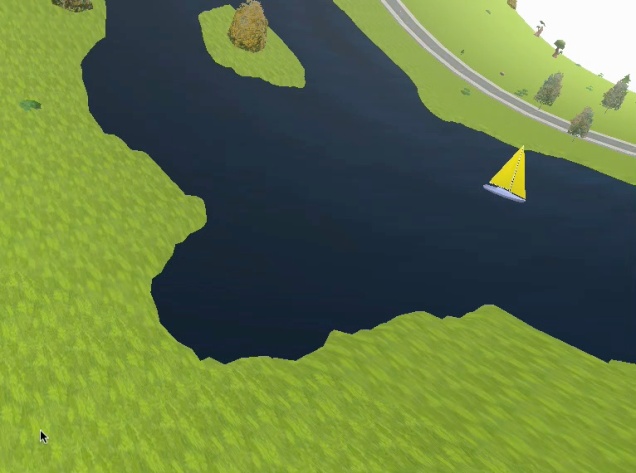We’ve just prepared a little white paper on the benefits of High Frontier for STEM (Science Technology, Engineering, and Math) education.
There are substantially more and better paying jobs in STEM fields than in non-STEM fields, but only about a fourth of high school freshmen express any interest in STEM fields, and half of those change their minds by the time they graduate. What kids do have an interest in, though, is video games: 97% of teenagers in the U.S. play them.
So, this is a great fit — a video game that’s fun to play, and, by the way, also happens to have you doing real engineering and problem-solving in a high-tech area. Read the paper for more!
And then please, go support our KickStarter campaign!
